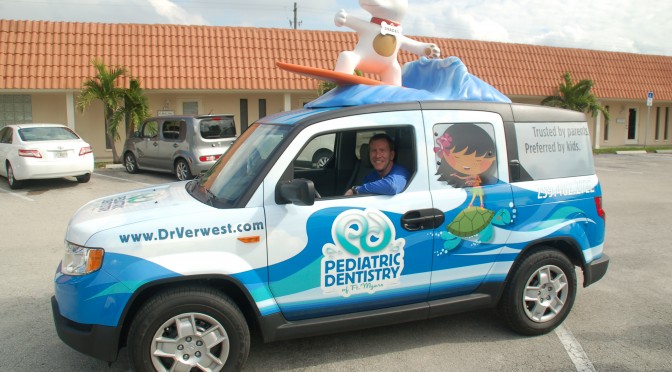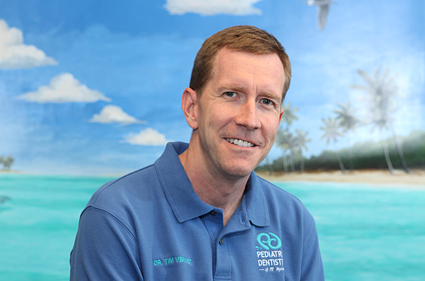Here’s The Scoop On The Tooth Fairy
One of the most exciting things about losing baby teeth is placing each tooth under a pillow before going to bed for the tooth fairy[…]
Pediatric Dentistry of Ft. Myers sponsors Future of Art 2016
For the second consecutive year Pediatric Dentistry of Ft. Myers, Dr. Tim Verwest, DMD will be the exhibit sponsor for Future of Art at the[…]

Local Dentist Recognized as America’s Best Dentist for 2016
The National Consumer Advisory Board has named Pediatric Dentistry of Ft. Myers, Dr. Tim M. Verwest, DMD one of America’s Best Dentist for 2016. Selections[…]

Dr. Tim M. Verwest, DMD named 2016 top dentist
Pediatric Dentistry of Ft. Myers, Dr. Tim M. Verwest, DMD has been selected by the Consumer Research Council of America for inclusion in the 2016[…]
Caring for your children’s teeth
Start dental visits during infancy The American Academy of Pediatric Dentistry recommends bringing your child to the dentist before his or her first birthday. At[…]
Caring for teeth with braces
Braces are often placed in patients between 10 and 14 years of age to correct crooked or overcrowded teeth. “The benefits of braces are many,”[…]

Pediatric Dentistry of Ft. Myers to sponsor movie nights
Pediatric Dentistry of Ft. Myers, Dr. Tim Verwest, DMD will sponsor family movie nights at the Alliance for the Arts for the 2016 season. This[…]
Baby pacifiers: Pros and cons
Should parents let their infant use a pacifier? According to the Academy of General Dentistry (AGD), there are benefits as well as a downside to[…]
Use the Tooth Fairy as a teaching tool
In 2013, the Tooth Fairy visited 86 percent of U.S. homes with children who lost a tooth. What kid doesn’t love a magical fairy that[…]
